From the towering heights of the Eiffel Tower to the ancient mystique of the Great Wall of China, the world is adorned with iconic landmarks that captivate our imagination. These structures not only showcase architectural brilliance but also hold fascinating stories and lesser-known facts that add layers of intrigue to their allure. Let’s delve into some intriguing facts about famous landmarks around the world, unraveling the secrets that make them timeless symbols of human ingenuity.
Eiffel Tower (France)
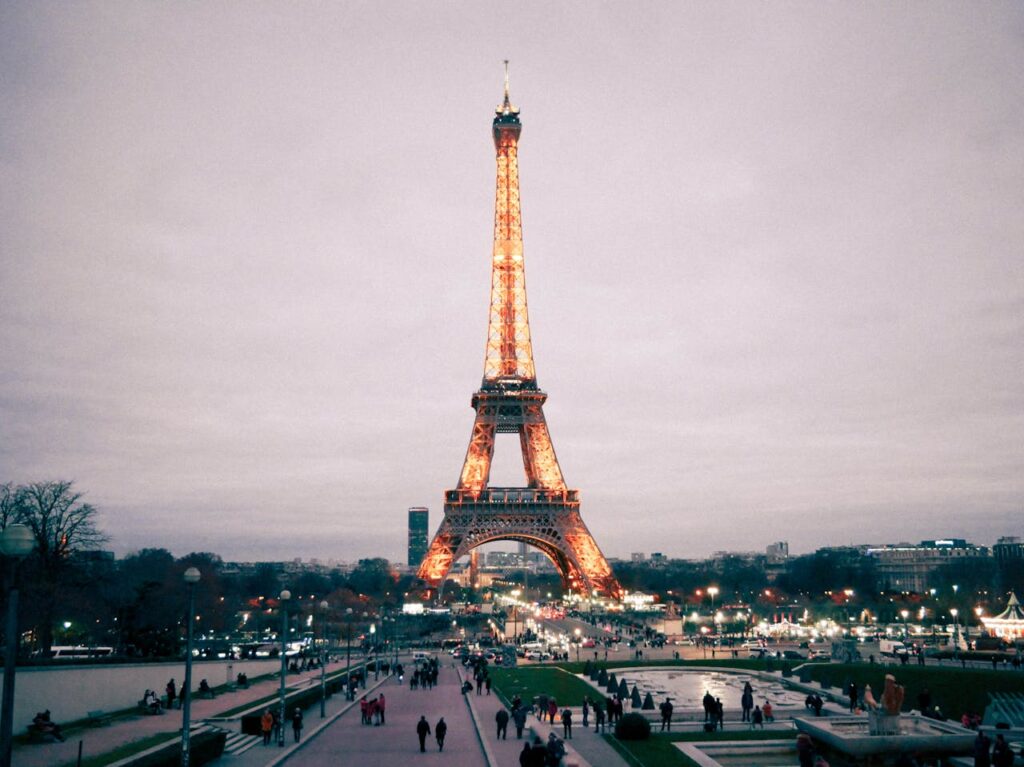
Despite its iconic status, the Eiffel Tower was originally intended to be a temporary structure for the 1889 World’s Fair. However, its popularity and innovative design, including the use of wrought iron, led to its permanent status as a symbol of Paris and France’s engineering prowess.
Great Wall of China (China)
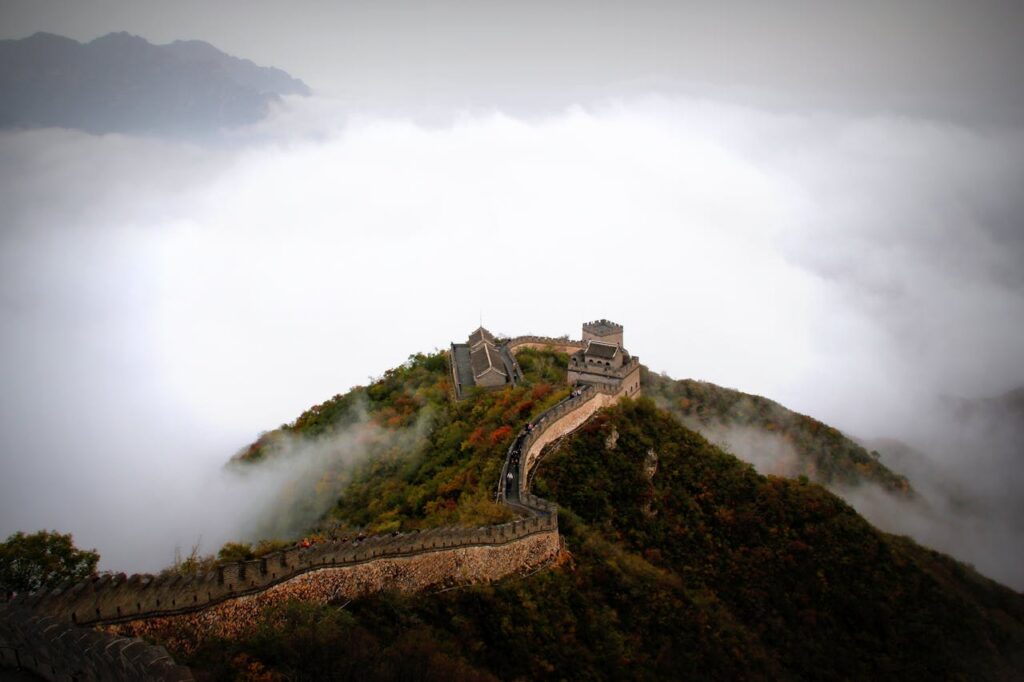
Contrary to popular belief, the Great Wall isn’t a single continuous structure but a series of walls and fortifications built over centuries. Its purpose was multifaceted, serving as a defense system, controlling trade routes, and symbolizing imperial power.
Statue of Liberty (USA)

France gifted the Statue of Liberty to the United States in 1886 as a symbol of friendship and freedom. Designed by Frédéric Auguste Bartholdi, its copper exterior has developed a green patina over time due to oxidation, giving it its distinctive color.
Machu Picchu (Peru)
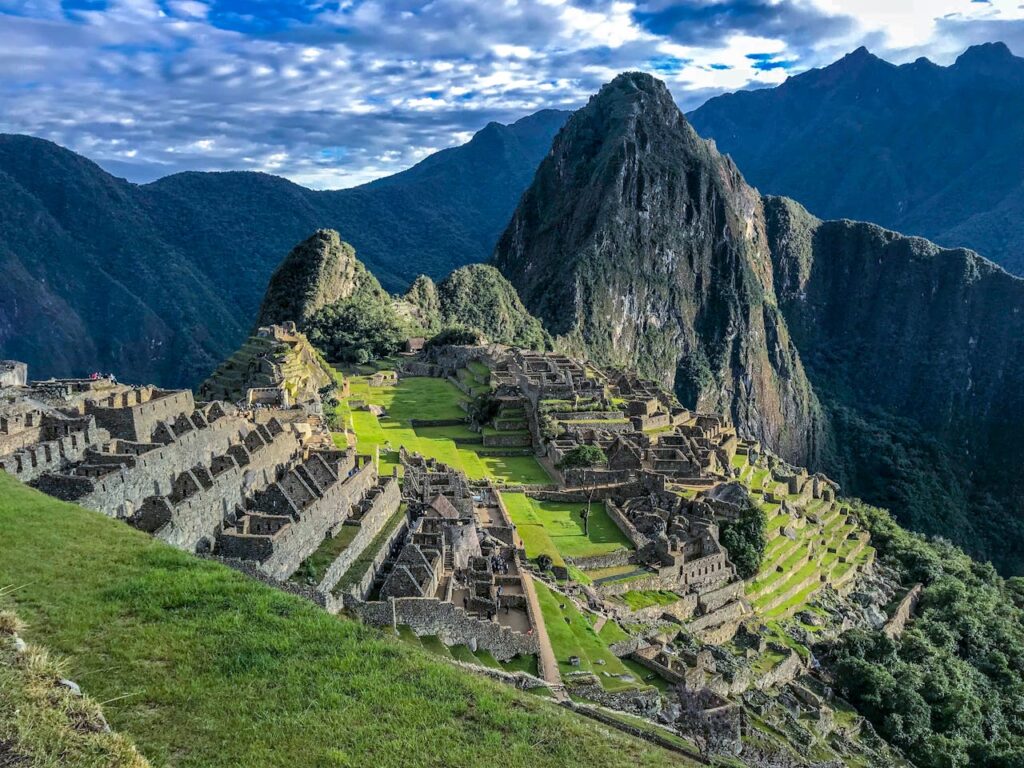
This ancient Incan city, built in the 15th century, is renowned for its sophisticated dry-stone construction without mortar. Its location high in the Andes Mountains adds to its mystery and breathtaking views.
Taj Mahal (India)
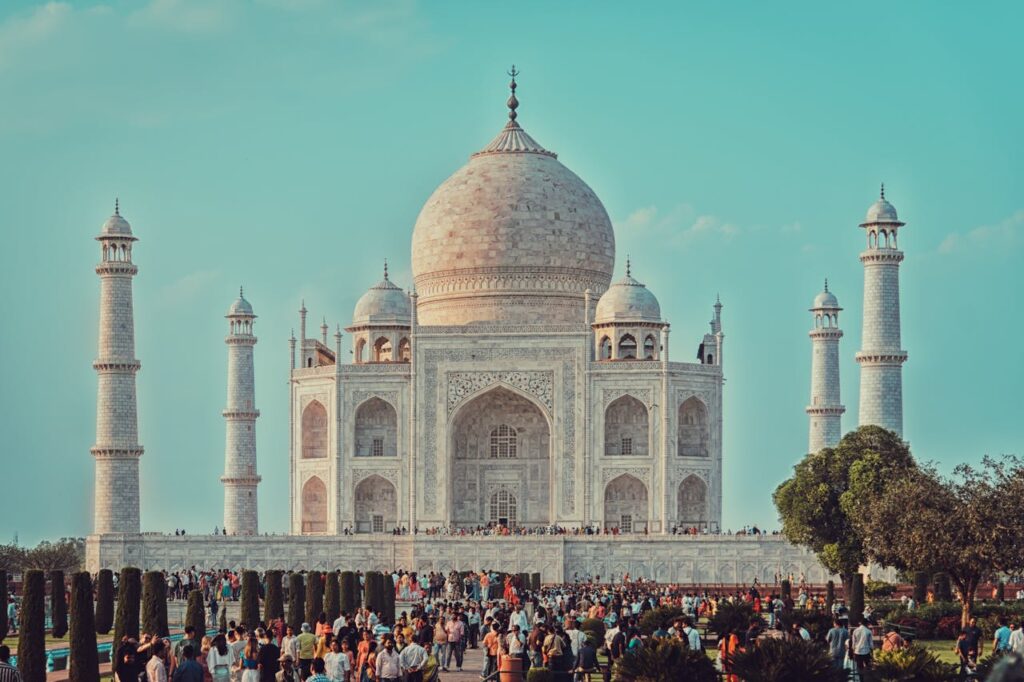
Commissioned by Mughal Emperor Shah Jahan in memory of his wife, Mumtaz Mahal, the Taj Mahal is a masterpiece of Mughal architecture. Its white marble exterior, intricate carvings, and symmetrical layout make it one of the most beautiful mausoleums globally.
Colosseum (Italy)
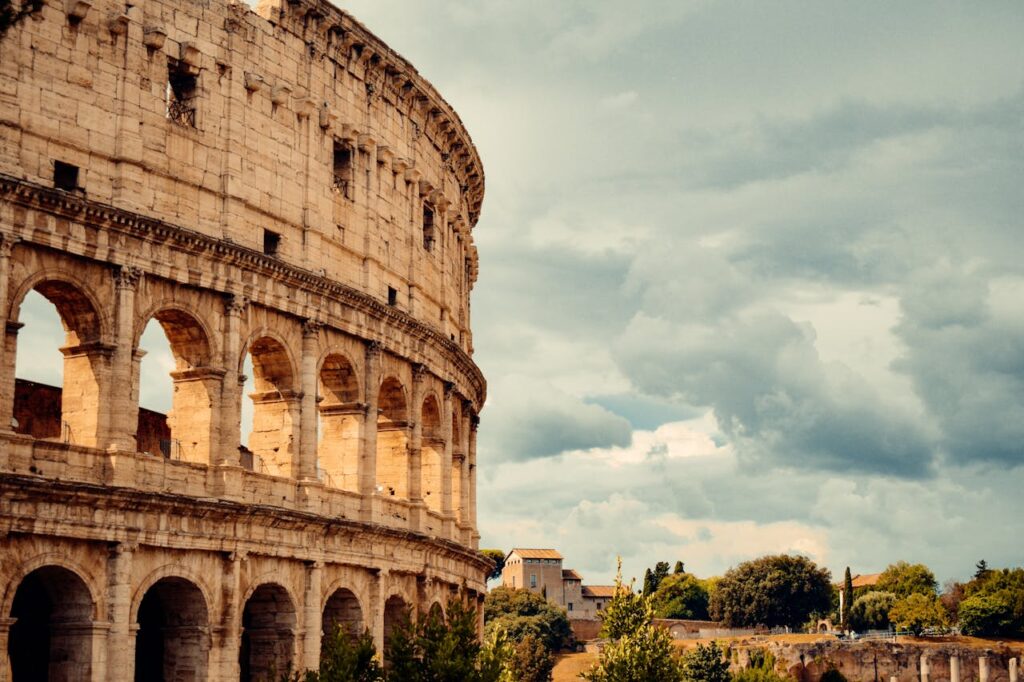
The Colosseum, an ancient amphitheater in Rome, could hold between 50,000 to 80,000 spectators and was used for gladiatorial contests and public spectacles. Its innovative construction techniques, including the use of arches and vaults, have influenced architecture for centuries.
Petra (Jordan)
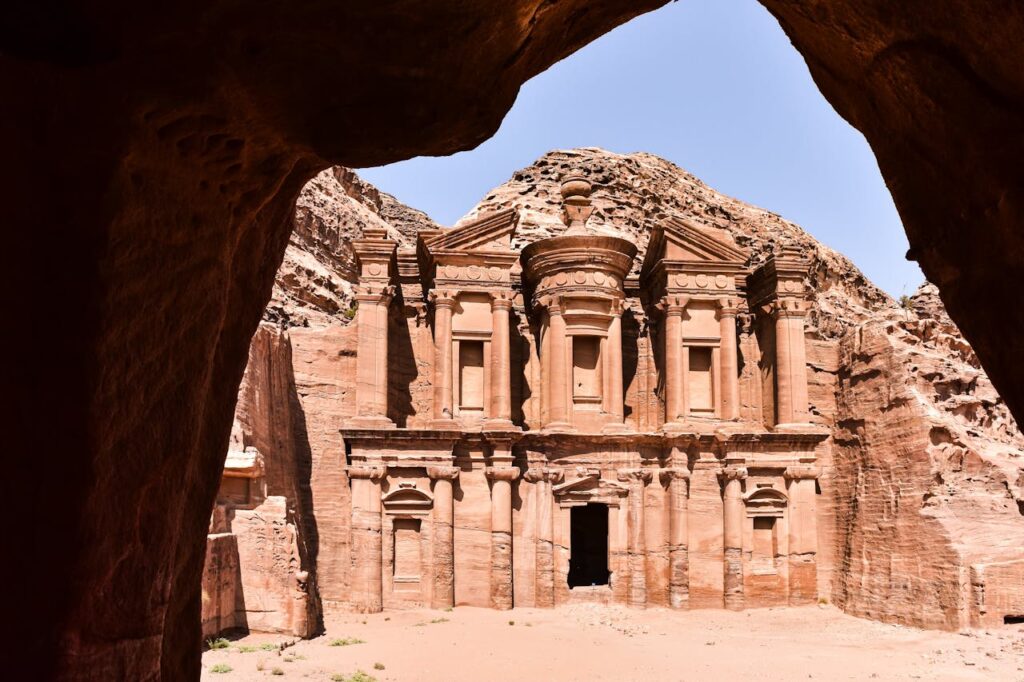
Carved into sandstone cliffs, Petra was the capital of the Nabatean Kingdom and a crucial center for trade. Its intricate rock-cut architecture, including the famous Treasury (Al-Khazneh), showcases the Nabateans’ engineering skills.
Sydney Opera House (Australia)
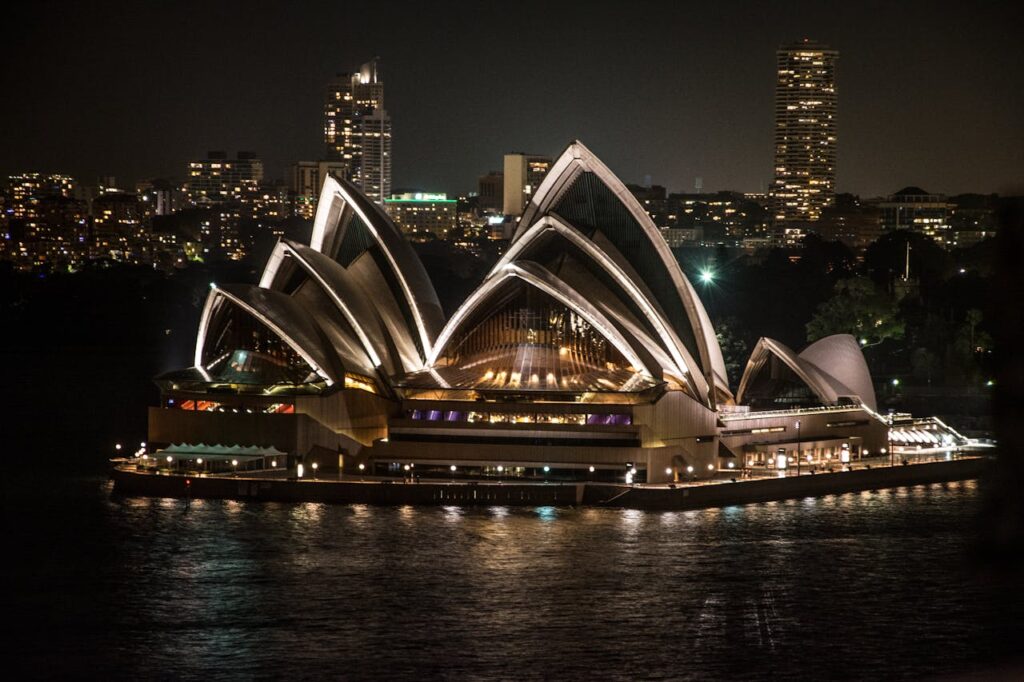
Designed by Danish architect Jørn Utzon, the Sydney Opera House is renowned for its sail-like design and innovative use of precast concrete shells. It has become a symbol of Sydney and Australia’s cultural identity.
Mesa Verde (USA)

Mesa Verde National Park in Colorado is home to well-preserved cliff dwellings built by ancestral Puebloans. These dwellings, dating back over 700 years, provide insights into ancient indigenous cultures in North America.
Mona Lisa (France)

Housed in the Louvre Museum in Paris, the Mona Lisa is one of the most famous paintings globally, attributed to Leonardo da Vinci. Its enigmatic smile and detailed technique have sparked centuries of fascination and debate among art enthusiasts.
Pyramids of Giza (Egypt)
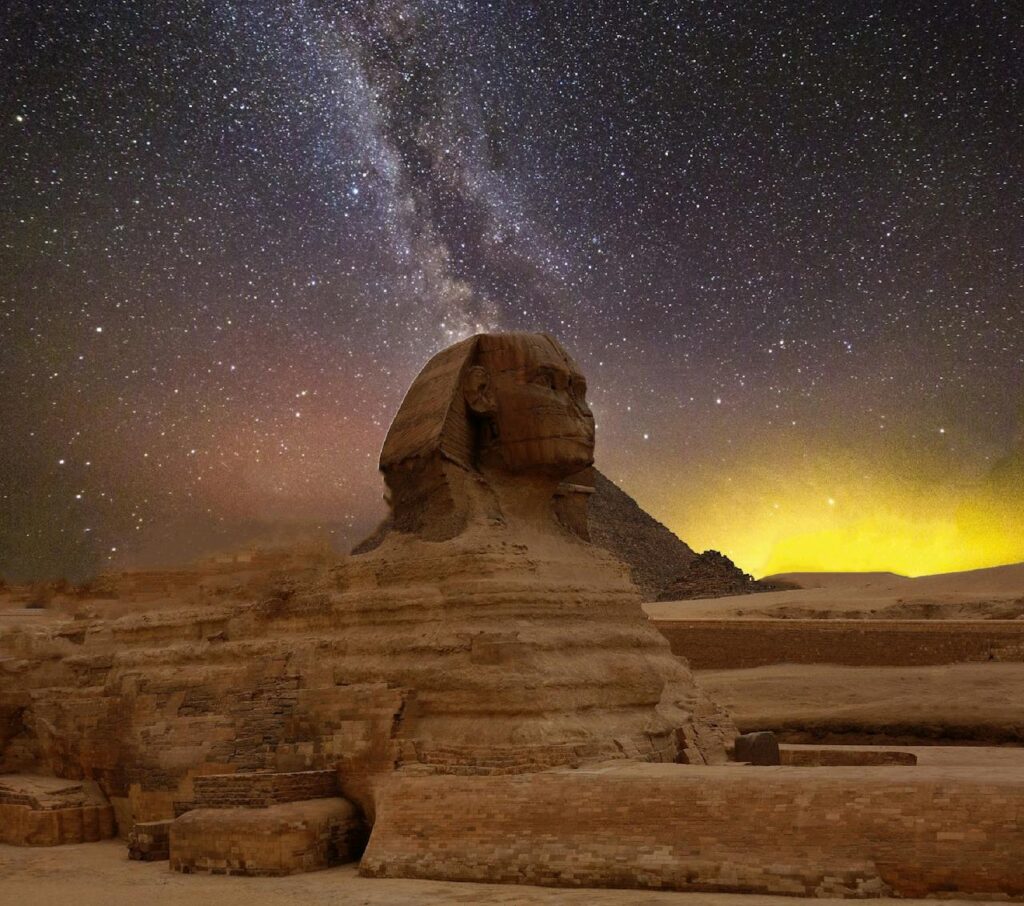
The Great Pyramid of Giza is the oldest and largest of the three pyramids, built as tombs for Egyptian pharaohs. The precision of its construction, aligning with celestial bodies, reflects ancient Egyptian knowledge of astronomy and engineering.
Museum of Modern Art (MoMA) (USA)
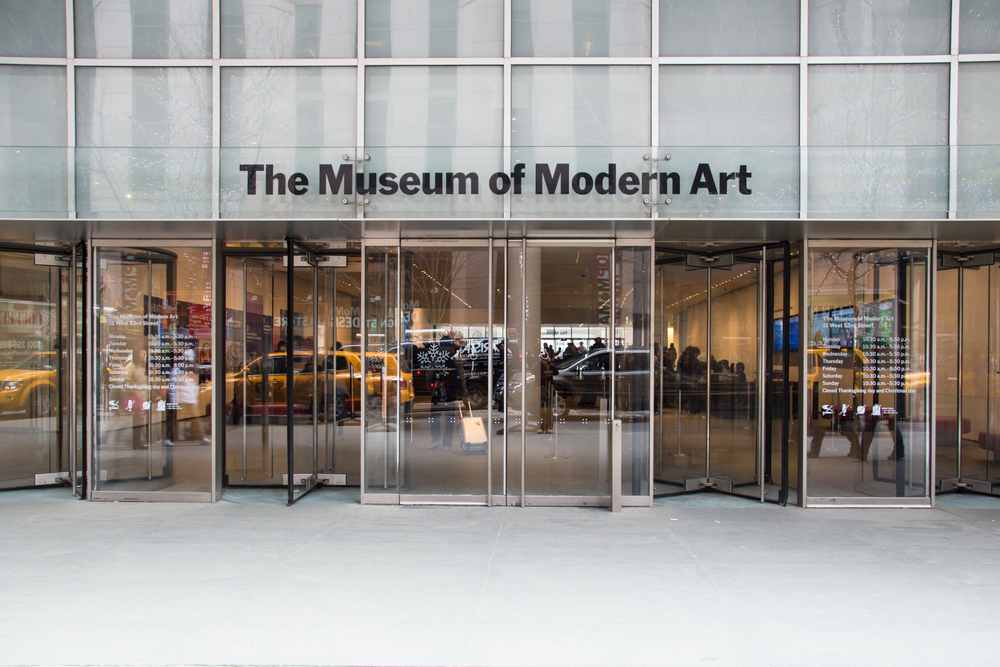
Located in New York City, MoMA is renowned for its vast collection of modern and contemporary art, including works by Picasso, Warhol, and Van Gogh. Its innovative exhibitions and educational programs make it a hub for artistic exploration.
Neuschwanstein Castle (Germany)
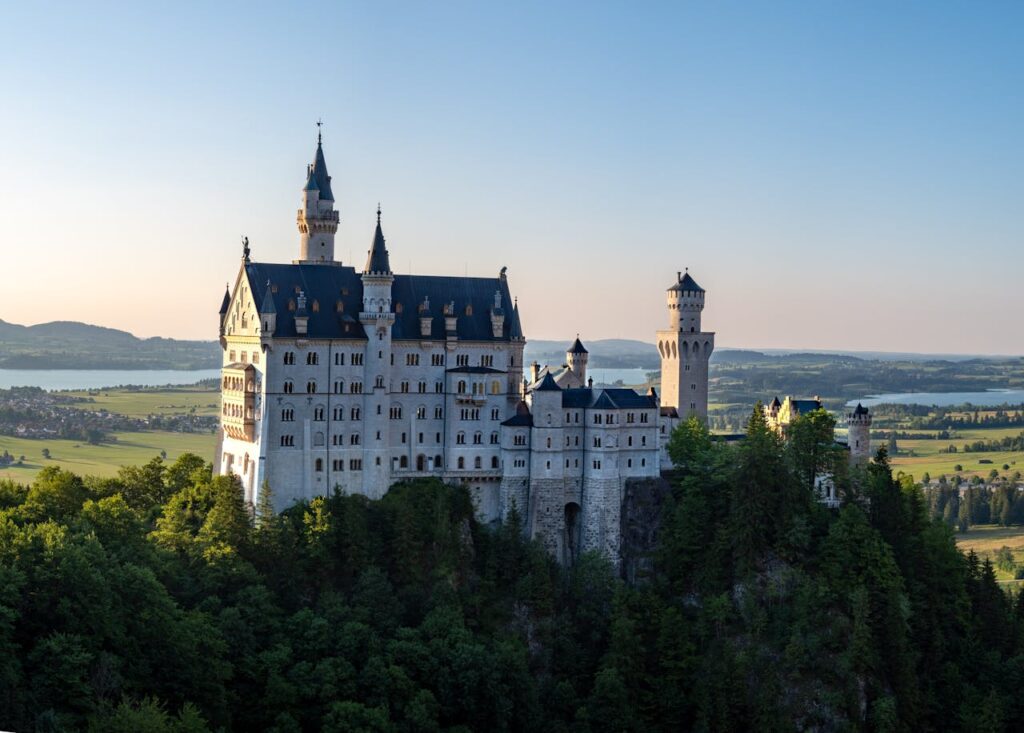
Built by King Ludwig II of Bavaria, Neuschwanstein Castle is a fairy-tale-like palace nestled in the Bavarian Alps. Its romantic architecture and scenic surroundings have inspired numerous fictional castles in media and culture.
Tower Bridge (United Kingdom)
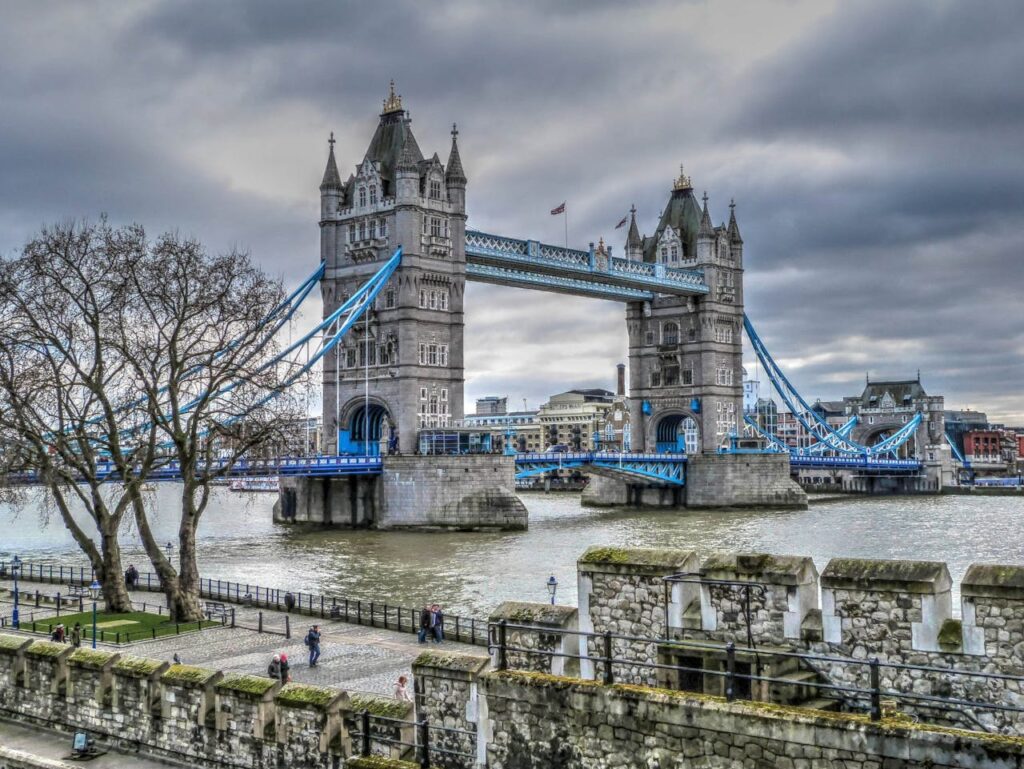
Tower Bridge in London is a combined bascule and suspension bridge, known for its Victorian Gothic style and distinctive twin towers. Its design allows it to open to accommodate river traffic while maintaining its structural integrity.
Christ the Redeemer (Brazil)

Perched atop Corcovado Mountain in Rio de Janeiro, Christ the Redeemer is a colossal statue of Jesus Christ. Its arms span 28 meters, symbolizing peace and welcoming visitors to Brazil’s vibrant culture and natural beauty.
Angkor Wat (Cambodia)
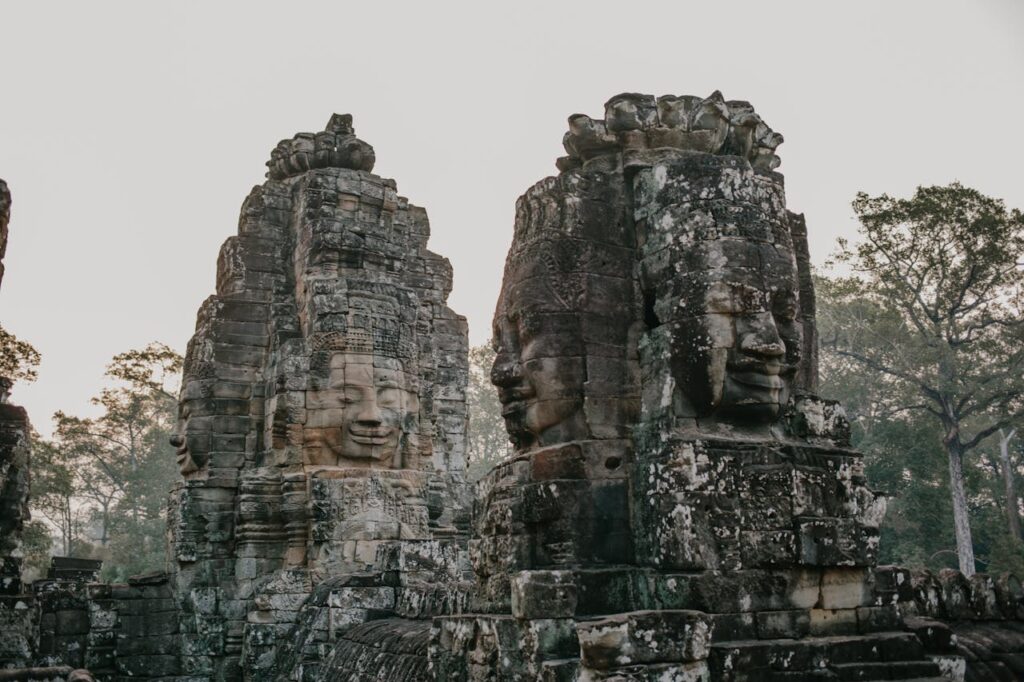
Angkor Wat is the largest religious monument globally, originally constructed as a Hindu temple and later converted to a Buddhist temple complex. Its intricate bas-reliefs and architectural grandeur reflect the Khmer Empire’s artistic and spiritual achievements.
Burj Khalifa (United Arab Emirates)

Standing at over 828 meters, the Burj Khalifa in Dubai is the tallest building globally, showcasing cutting-edge engineering and design. Its observation decks offer panoramic views of the city and the surrounding desert.
Sagrada Familia (Spain)
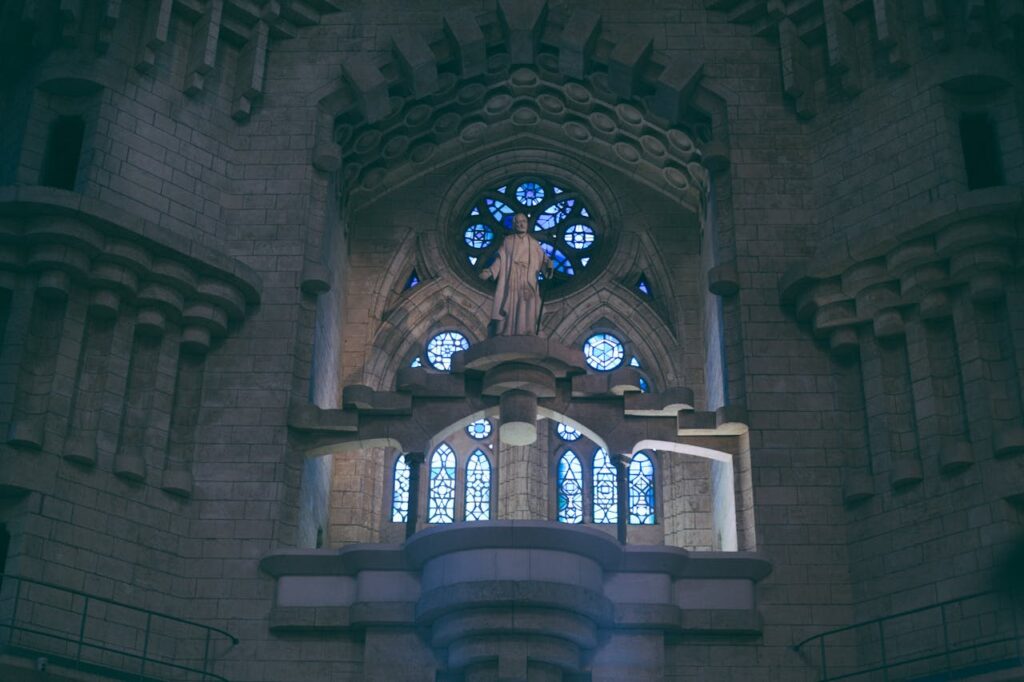
Antoni Gaudí’s masterpiece, the Sagrada Familia in Barcelona, is an ongoing project that started in 1882 and is expected to be completed by 2026. Its organic shapes, intricate facades, and innovative use of light make it a unique blend of Gothic and Art Nouveau styles.
Mount Everest (Nepal/China)

As the world’s highest peak at 8,848 meters, Mount Everest is a formidable challenge for mountaineers. Its allure and danger have made it a symbol of human exploration and endurance.
Golden Gate Bridge (USA)
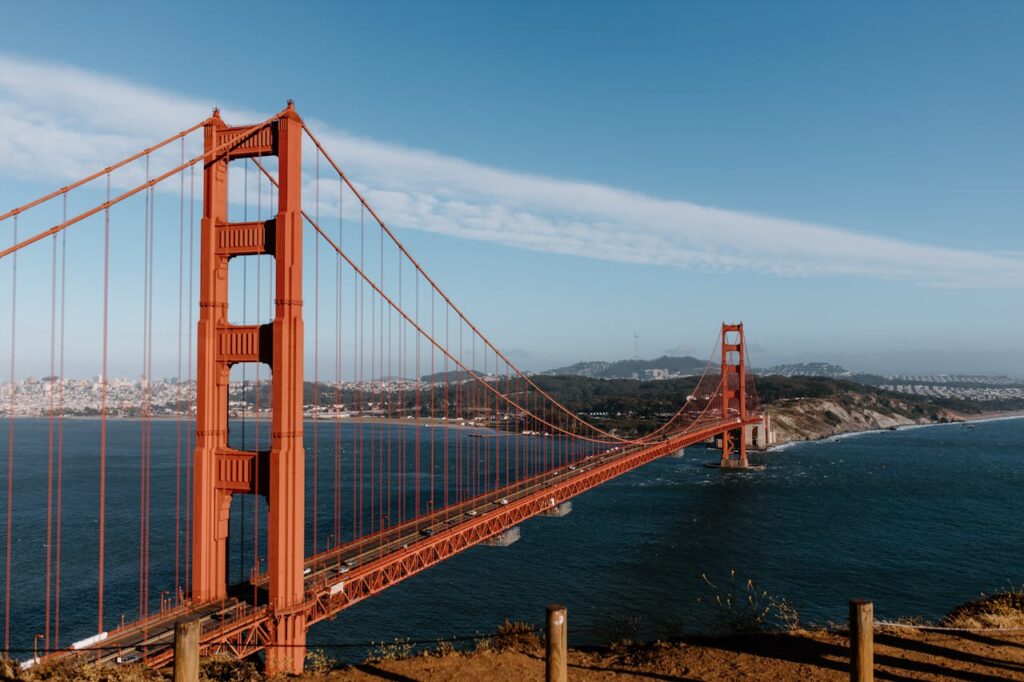
The Golden Gate Bridge in San Francisco, California, is an iconic suspension bridge known for its distinctive red-orange color and Art Deco design. Its construction during the Great Depression provided jobs and remains a symbol of American engineering prowess.
Acropolis of Athens (Greece)
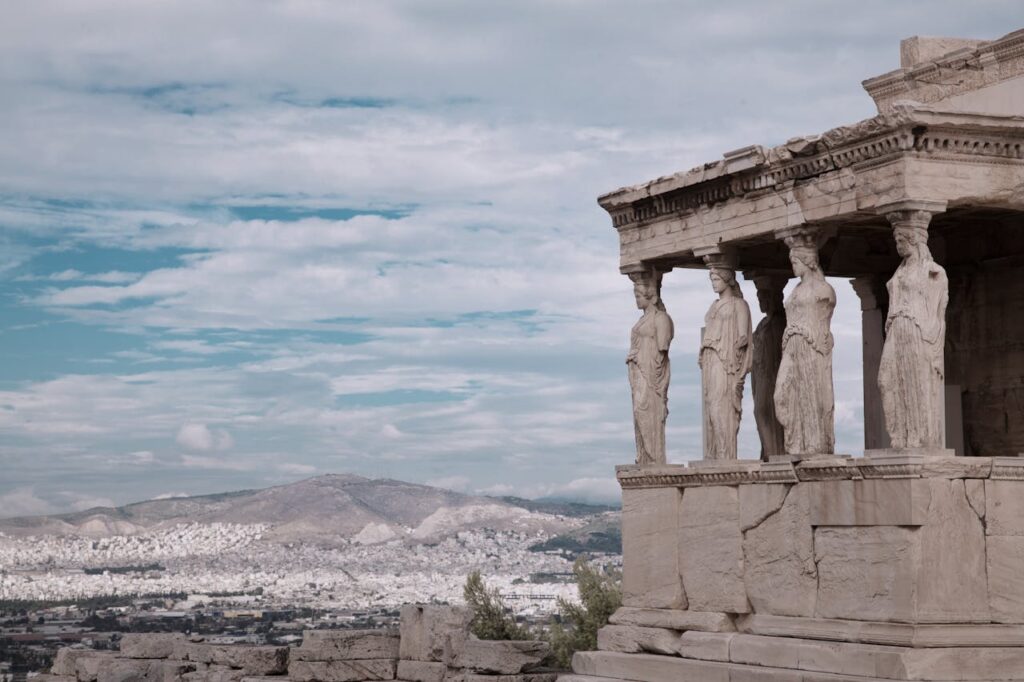
The Acropolis, a UNESCO World Heritage site, contains several ancient buildings, including the Parthenon and Erechtheion. Its architectural harmony and historical significance as a center of ancient Greek civilization attract millions of visitors annually.
Mesa Arch (USA)

Located in Canyonlands National Park, Utah, Mesa Arch is a natural sandstone arch known for its stunning sunrise views. Its unique shape and framing of the landscape make it a photographer’s delight.
Chichen Itza (Mexico)
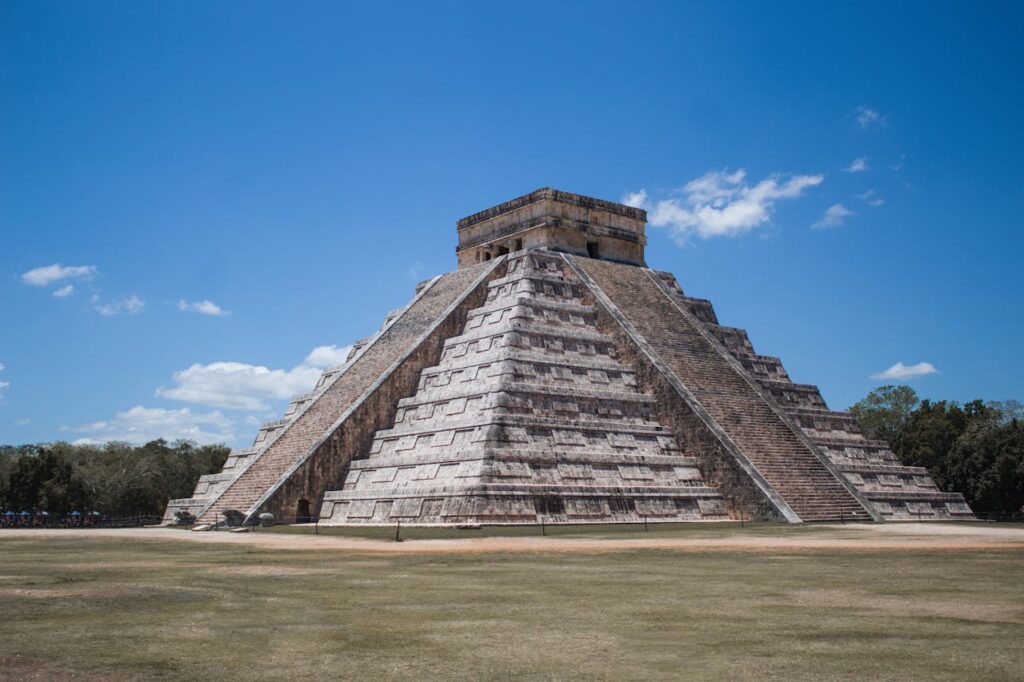
This Mayan archaeological site in Yucatan is famous for its pyramid, El Castillo, known for the “serpent” shadow effect during the spring and autumn equinoxes. Its intricate carvings and astronomical alignments highlight Mayan achievements in mathematics and astronomy.
This article originally appeared on UnifyCosmos.
More from UnifyCosmos
25 Tech Billionaires Who Dropped Out of College

This article explores the stories of tech moguls who left academia behind to build empires and reshape the future. Read more!
21 Top Gardening Tools for Green Thumbs

This article highlights 21 essential gardening tools, ranging from classic implements to modern innovations. These tools are indispensable for maintaining the health and aesthetics of diverse garden types. Read more!
15 Affordable Skincare Gadgets Recommended by Experts

This selection of 15 tools combines efficiency with affordability, covering everything from deep cleansing to targeted treatment, ensuring you can maintain optimal skin health without a hefty price tag. Read more!
Leave a Reply